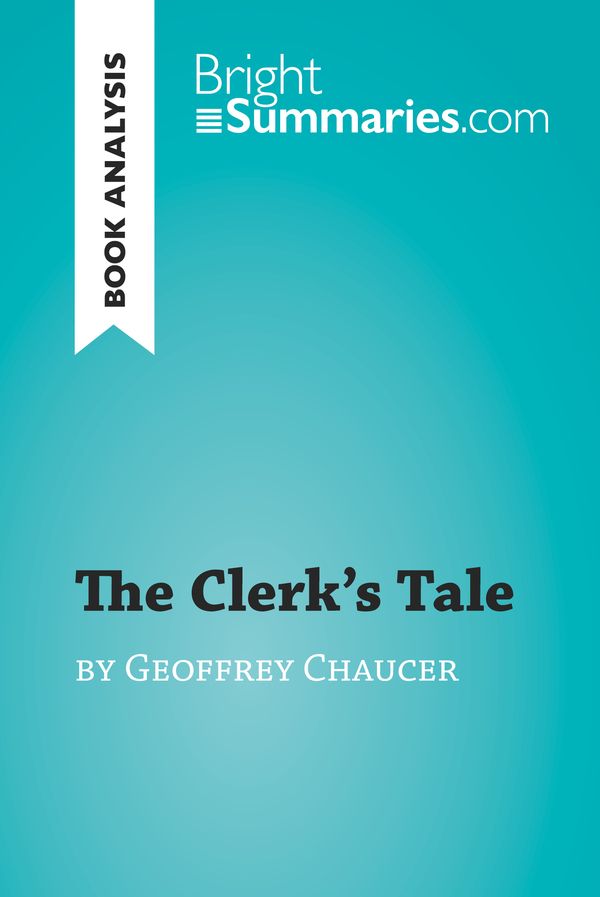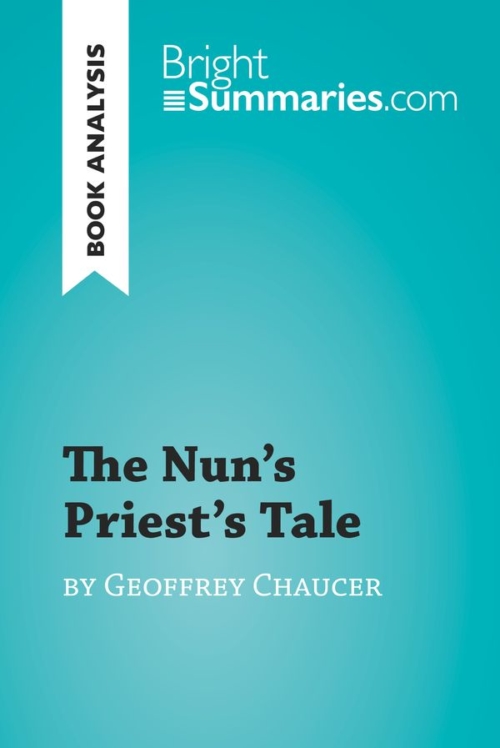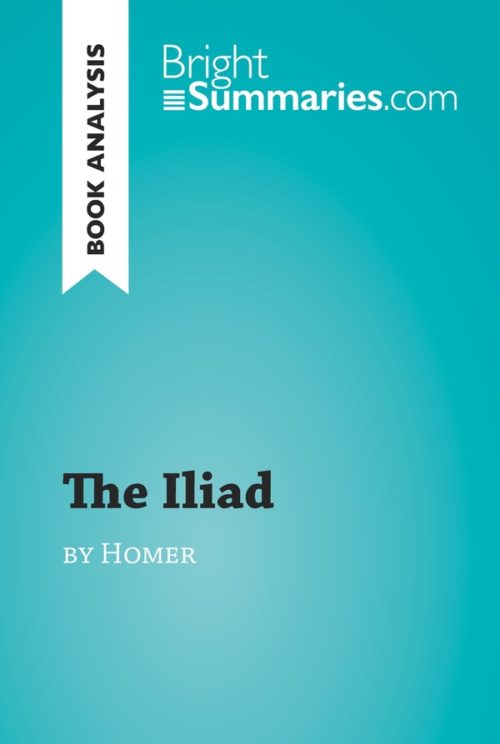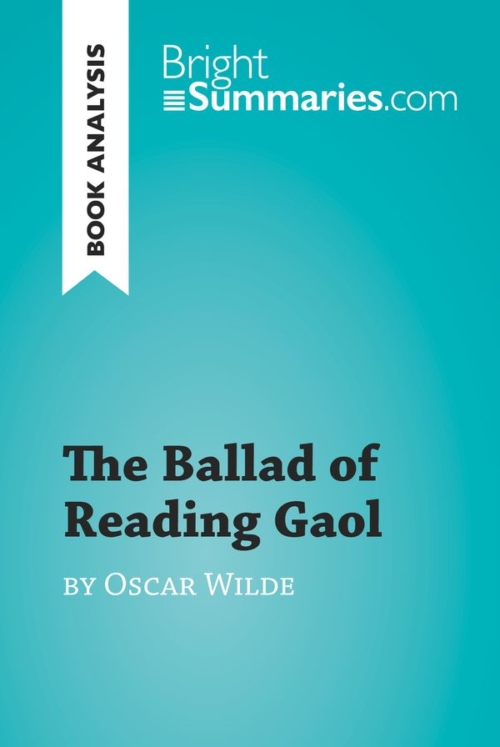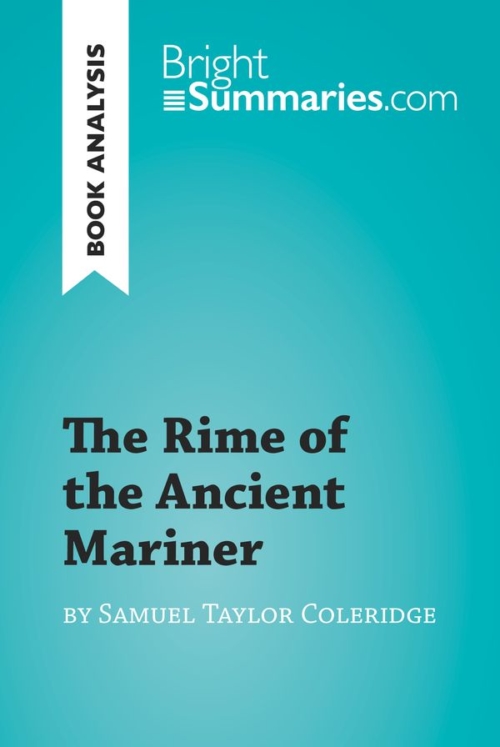The Clerk's Tale by Geoffrey Chaucer (Book Analysis)
The Clerk’s Tale by Geoffrey Chaucer (Book Analysis)
Detailed Summary, Analysis and Reading Guide
Read more
This practical and insightful reading guide offers a complete summary and analysis of The Clerk’s Tale by Geoffrey Chaucer. It provides a thorough exploration of the tale’s plot, characters and main themes, including poverty, virtue and obedience. The clear and concise style makes for easy understanding, providing the perfect opportunity to improve your literary knowledge in no time.
This clear and detailed 46-page reading guide is structured as follows:
- Biography of Geoffrey Chaucer
- Presentation of The Clerk’s Tale
- Summary of The Clerk’s Tale
- Character study
- Walter, the marquis
- Griselda
- Janicula
- Analysis of The Clerk’s Tale
- Genre and form
- Class
- The suffering Christian
About The Clerk’s Tale
The Clerk’s Tale is an English rendering of the folk tale of Patient Griselda. It tells the story of Griselda, a beautiful but very humble young woman who is chosen by Walter, the marquis of Saluces, to be his wife. In an attempt to test her virtue, Walter subjects her to a series of cruel ordeals, which she bears gracefully and uncomplainingly. However, unlike his predecessors, Chaucer does not straightforwardly celebrate Griselda’s obedience, and the Tale’s implications are extremely ambivalent.
About Geoffrey Chaucer
Geoffrey Chaucer was a courtier and diplomat in medieval England, who rose to occupy a relatively high position in the royal court in spite of his humble origins. He is best known as the author of The Canterbury Tales, a collection of fables presented as stories told by a group of pilgrims to entertain themselves on their journey. The Canterbury Tales are one of the oldest surviving examples of literature written in Middle English, and as such hold tremendous literary and cultural value. Indeed, Chaucer is credited with the popularisation of new vocabulary, which was often borrowed from Greek, Latin or Arabic, and as such can be said to have shaped the development of the English language itself.
Product details
| ISBN | 9782808019521 |
|---|---|
| Publisher | Plurilingua Publishing |
| Collection | Brightsummaries.com |
| Format | |
| Pages | 46 |
| File size | 2.2 MB |

